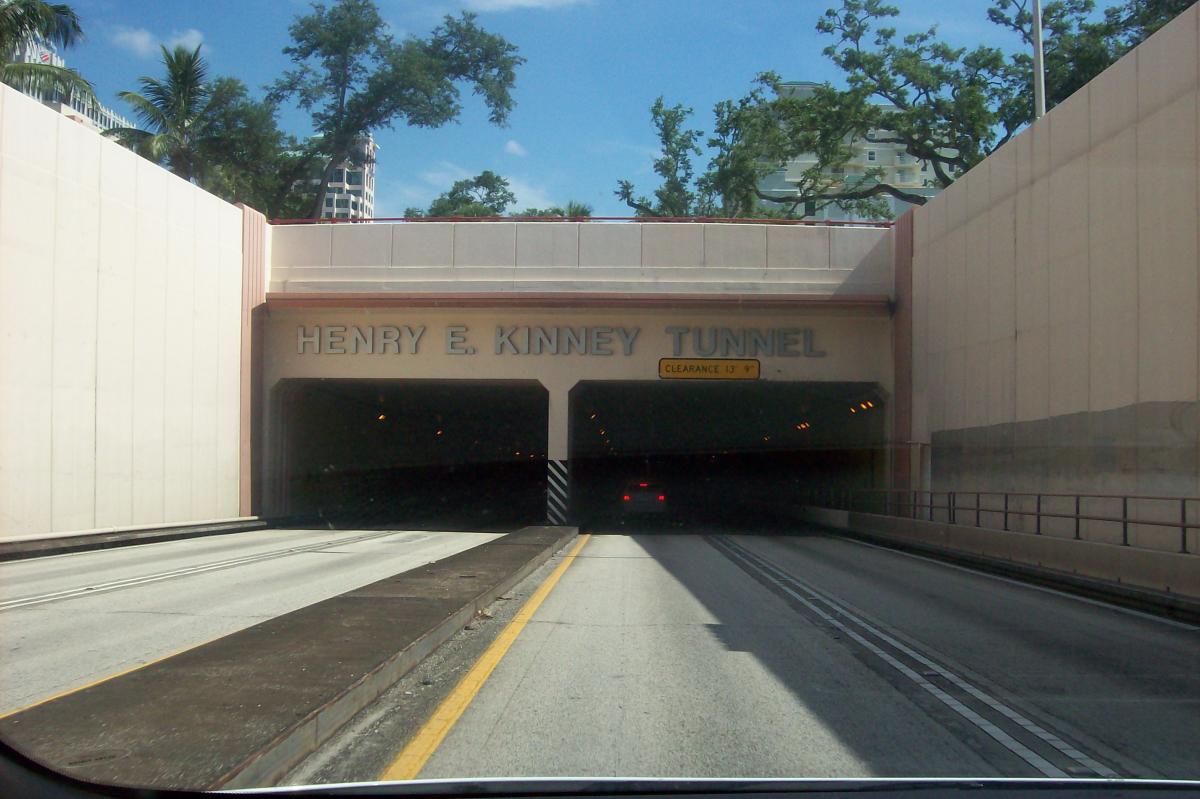The Rail Tunnel - By the Numbers
The debate over whether a tunnel or bridge should carry the busy FEC rail tracks through downtown Fort Lauderdale is slowly getting the kind of information needed to make a sound decision. A tunnel would obviously be the choice were it not for the consultant’s estimate that it would cost six times more than a long tall bridge across the heart of the city.
The need for a solution is indisputable. Future plans would put 200 trains a day on the FEC tracks. The interruption of marine traffic would be intolerable to that important industry. The existing lift bridge would be perpetually closed for trains.
Initial reports were based on a tunnel and bridge both more than three miles long. That seems long for either project, but especially the tunnel – if it were limited to passenger trains that can handle relatively steep grades. More recently, the idea of a much shorter and cheaper tunnel has popped up.
And why not? In all the reporting in the media, nowhere did we see the obvious guide for evaluating those options. There is a tunnel just a few blocks east of the rail line which has handled vehicular traffic for years, and a more recent rail bridge on the CSX tracks to the west along I-95.
The Henry Kinney Tunnel is a mere .3 of a mile. But the underground portion is only about .2 of a mile, about a long city block. A modern passenger train such as Brightline can easily handle that grade on a structure whose roof is 14 feet below the river level.

The Henry E. Kinney Tunnel
We know that because the CSX bridge to the west, which is 1.7 miles, rises high above the river, and Tri-Rail and Amtrak trains handle that grade with no problems. The downtown bridge would be at least that high, about four stories, and would necessarily need more approach length than a tunnel. Its impact on the fast building downtown would be far worse than the tunnel. It would have to be built over the existing FEC tracks, hard by existing high rises and new ones underway on both sides of the river.
It would also compound existing traffic problems by closing off some busy streets. And to the south, it would rise above the city’s historic old neighborhood where the earliest structures have been preserved, largely destroying their legacy attraction.
Were these hidden impacts considered in the cost estimates? And what about the elaborate Brightline station? The bridge would be near its highest point at that location. Imagine the cost of adapting a station designed for ground-level tracks to handle trains four stories high. It would likely have to be rebuilt elsewhere, negating its present convenience at busy Broward Blvd.
Without engineering or accounting expertise, it seems to this observer that the cost of these two proposals needs serious reevaluation. From their published comments it appears the city commissioners don’t have a real fix on the comparative costs. Fortunately, Fort Lauderdale Mayor Dean Trantalis, a strong advocate for a tunnel, has made most of the points mentioned here. We hope the other city commissioners are listening.
